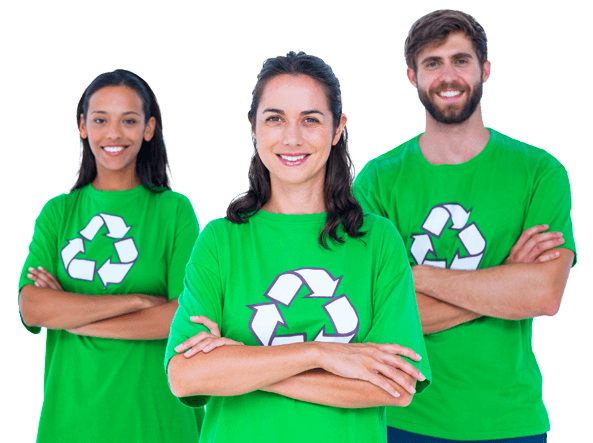Exploring Hazardous Waste: What Should Be Considered Harmful
Posted on 04/10/2025
Exploring Hazardous Waste: What Should Be Considered Harmful
Hazardous waste is a significant concern in our modern world, intersecting issues of public health, environmental sustainability, and regulatory compliance. But what exactly makes waste hazardous? Why should certain materials be treated differently from everyday refuse? This comprehensive article delves into what should be considered harmful, how to identify dangerous waste, and best practices for management and disposal. Whether you are a business, homeowner, or simply a curious reader, understanding hazardous waste is crucial for a safer, cleaner world.
Defining Hazardous Waste: What Makes Waste Harmful?
When discussing hazardous waste, it's vital to understand its definition and the specific criteria by which waste is deemed harmful. Hazardous waste refers to any substance discarded that poses significant threats to public health or the environment due to its chemical, physical, or biological properties.
Main Characteristics of Hazardous Waste
- Toxicity: Ability of a substance to cause harm to living organisms.
- Reactivity: Potential to undergo violent chemical reactions.
- Ignitability: Capability to catch fire under normal conditions.
- Corrosivity: Tendency to corrode materials or living tissue.
Not all waste is created equal. Some wastes, though seemingly benign, can have devastating impacts if not managed appropriately. Recognizing the characteristics above is the first step in identifying what should be considered harmful hazardous waste.

Types of Hazardous Waste: Examples and Sources
Hazardous waste comes from a variety of sources--industrial, commercial, institutional, and even residential. Understanding the different types of harmful waste is key to proper handling and risk reduction.
1. Industrial Hazardous Waste
- Chemical manufacturing residues
- Petroleum refining by-products
- Metals processing sludges and dust
Industries typically generate large volumes of waste that may contain heavy metals, solvents, acids, and other harmful chemicals. Improper disposal can lead to soil contamination and water pollution.
2. Medical and Biological Waste
- Used syringes and needles
- Pathological waste
- Pharmaceuticals
Medical hazardous waste is not just toxic but can be infectious. Incorrect handling may spread disease or cause injury to healthcare professionals and the public.
3. Household Hazardous Waste (HHW)
- Pesticides and herbicides
- Batteries (especially lithium & lead-acid)
- Paints, solvents, and cleaners
- Old electronics (e-waste)
Many are unaware that everyday products can be considered hazardous waste. Household hazardous waste is often disposed of incorrectly, resulting in negative environmental and health consequences.
4. E-Waste (Electronic Waste)
- Computers and laptops
- Cell phones and tablets
- Televisions and other electronic gadgets
E-waste is a rapidly growing hazardous waste category. Electronics often contain toxic metals like lead, mercury, and cadmium which can leach into the environment if not properly recycled or disposed of.
Why Is Hazardous Waste Harmful?
Understanding the actual harm caused by hazardous waste requires examining both environmental and public health risks. Here are the key reasons why harmful waste must be handled with care:
1. Health Hazards
- Cancer and Chronic Illnesses: Prolonged exposure to toxic waste can cause cancer, respiratory ailments, and organ damage.
- Acute Poisoning: Accidental contact or ingestion leads to severe poisoning, sometimes fatal.
- Skin and Eye Damage: Corrosive and reactive wastes can cause burns and blindness.
2. Environmental Damage
- Soil Degradation: Hazardous chemicals reduce soil fertility and harm beneficial organisms.
- Water Pollution: Contaminated water sources can spread toxins over vast areas.
- Air Pollution: Burning hazardous materials releases toxic fumes and particulates.
3. Ecological Consequences
- Bioaccumulation: Toxins build up in animals, eventually impacting humans through the food chain.
- Loss of Biodiversity: Sensitive species disappear in polluted habitats.
- Ecosystem Imbalance: Waste disrupts natural cycles, endangering flora and fauna.
Recognizing the threats posed by harmful waste justifies stricter regulations and innovative management strategies worldwide.
Regulations Governing Hazardous Waste
Governments globally have implemented strict regulations for hazardous waste management. In the United States, the Resource Conservation and Recovery Act (RCRA) outlines a comprehensive hazardous waste framework.
Key Regulatory Highlights
- Waste Identification: Waste is regulated based on characteristics and origin.
- Generator Responsibilities: Businesses must track, label, and report on hazardous waste production and transport.
- Safe Transportation: Specialized logistics ensure contained, secure movement of dangerous materials.
- Permitted Disposal: Only authorized facilities can process and neutralize hazardous waste.
- Community Right-to-Know: Public has access to information about hazardous materials in their locality.
These regulatory frameworks protect communities and ecosystems from exposure to what should be considered harmful hazardous waste.
Identifying Harmful Waste: What Should Be Considered Hazardous?
Not all potentially dangerous materials are obvious. To decide whether a substance qualifies as hazardous waste, consider the following criteria:
- Label Instructions: Warnings such as "Danger", "Toxic", "Flammable", and "Corrosive" are strong indicators.
- Material Safety Data Sheets (MSDS): Provide detailed health and environmental hazard information.
- Physical Properties: Unusual colors, strong odors, fuming, and burning sensations are red flags.
- Known Chemistries: Substances like acids, bases, solvents, and pesticides are usually hazardous.
- Regulatory Listings: Consult local, state, and federal lists for specified hazardous materials.
If in doubt--treat unknown waste as hazardous until proven otherwise. It's always better to err on the side of caution to prevent legal, social, or ecological consequences.
Safe Storage and Disposal of Hazardous Waste
Once a waste is identified as hazardous, proper storage and disposal become paramount. Mishandling can turn localized concerns into widespread disasters.
Safe Storage Tips
- Label All Containers: Clear, durable labels help avoid mix-ups.
- Separate Incompatible Materials: Store acids, bases, and organics apart to prevent dangerous reactions.
- Use Approved Containers: Only containers certified for hazardous materials are suitable.
- Control Access: Restrict hazardous storage areas to trained personnel.
Disposal Methods
- Recycling: Some hazardous materials, such as batteries and electronics, can be processed and reclaimed.
- Incineration: High-temperature facilities purposely destroy or neutralize toxic substances.
- Secure Landfills: Engineered sites with liners and leachate control contain hazardous waste safely.
- Return Programs: Pharmaceuticals and certain chemicals can be returned to manufacturers or designated programs for safe handling.
Never dispose of hazardous waste in regular trash or down household drains! Doing so pollutes landfills, water systems, and ultimately impacts both the environment and public health.
The Future of Hazardous Waste Management
As awareness grows, so do innovations in hazardous waste reduction and treatment. Efforts include:
- Green Chemistry: Designing safer chemicals with reduced toxicity.
- Bioremediation: Employing microbes and plants to detoxify waste sites.
- Zero Waste Initiatives: Reducing the generation of harmful waste at the source.
- Advanced Recycling: Recovering valuable materials while minimizing environmental harm.
*Sustainability-minded policies and public cooperation* are integral in lessening the harmful impacts of hazardous materials in our communities.

Frequently Asked Questions About Hazardous Waste
What are five examples of hazardous waste?
- Lead-acid batteries
- Pesticides
- Industrial solvents
- Asbestos
- Mercury-containing thermometers
Can all hazardous waste be recycled?
Not all hazardous waste is recyclable. Many types can be processed for reuse, such as metals and certain electronics, but others must be incinerated or landfilled under strict controls.
How can individuals safely dispose of household hazardous waste?
- Contact local waste authorities: Many communities offer hazardous waste collection events.
- Use manufacturer take-back programs: For electronics and batteries.
- Never pour chemicals down drains: Always use designated disposal services.
Why are regulations so strict for hazardous waste?
The potential for serious health and environmental damage means that governments must enforce strict controls. Improper disposal can have long-term, multi-generational impacts.
Conclusion: Protecting Our Future Through Hazardous Waste Awareness
Hazardous waste is an inescapable byproduct of modern life. By understanding what should be considered harmful and how to recognize and manage hazardous materials, we can all play a role in protecting both our environment and our health. Strict regulations, industry best practices, and individual responsibility together form the foundation for effective hazardous waste management.
Whether in the workplace, at home, or within the wider community, recognizing and responding to hazardous waste protects us today and safeguards the earth for future generations. Stay informed, follow local guidelines, and always err on the side of caution when dealing with potentially dangerous waste.

 020 3409 4688
020 3409 4688 020 3409 4688
020 3409 4688

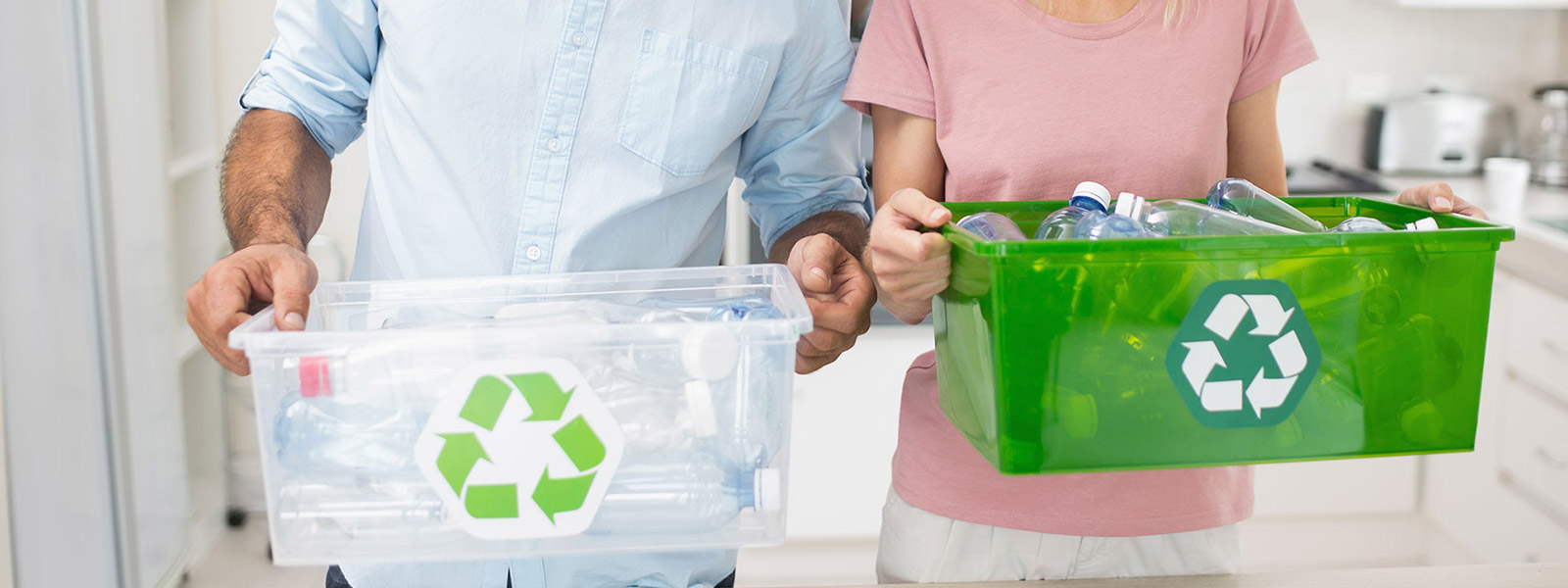


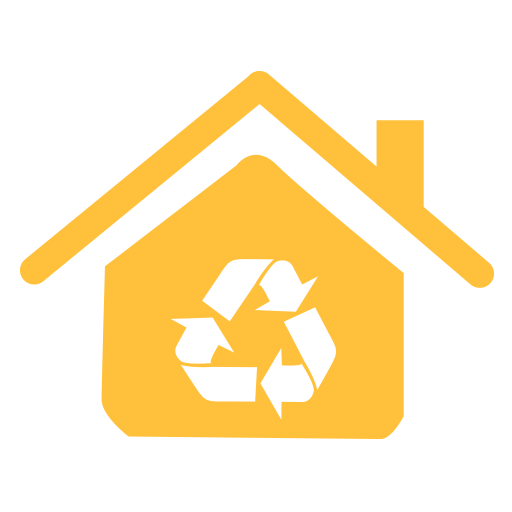 House clearance
House clearance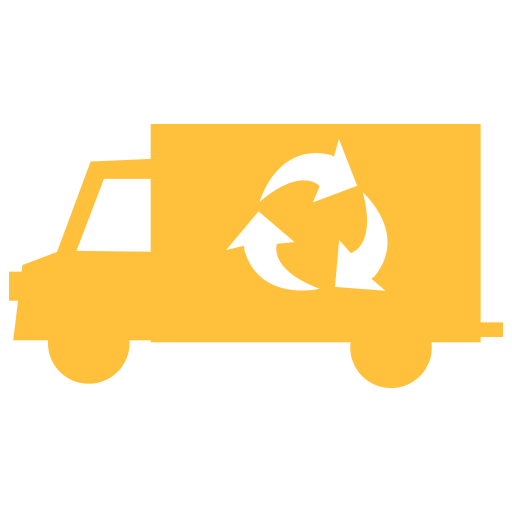 Waste Removal
Waste Removal Here at Rubbish Collection we offer an efficient and affordable house clearance at the best price. We can perform full domestic clearance in London, removing...
Here at Rubbish Collection we offer an efficient and affordable house clearance at the best price. We can perform full domestic clearance in London, removing...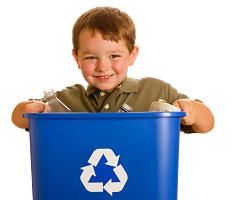 Waste can accumulate quickly and before you know it, it’s everywhere and taking up lots of space. If you would like it professionally removed, hire Rubbish Collection for the...
Waste can accumulate quickly and before you know it, it’s everywhere and taking up lots of space. If you would like it professionally removed, hire Rubbish Collection for the...